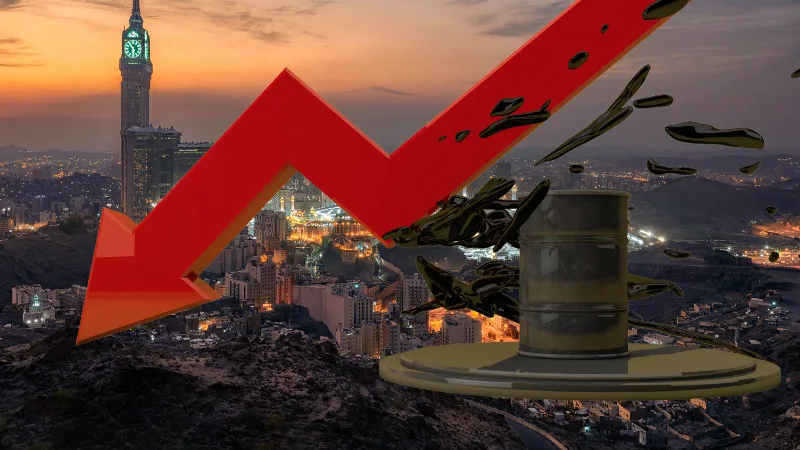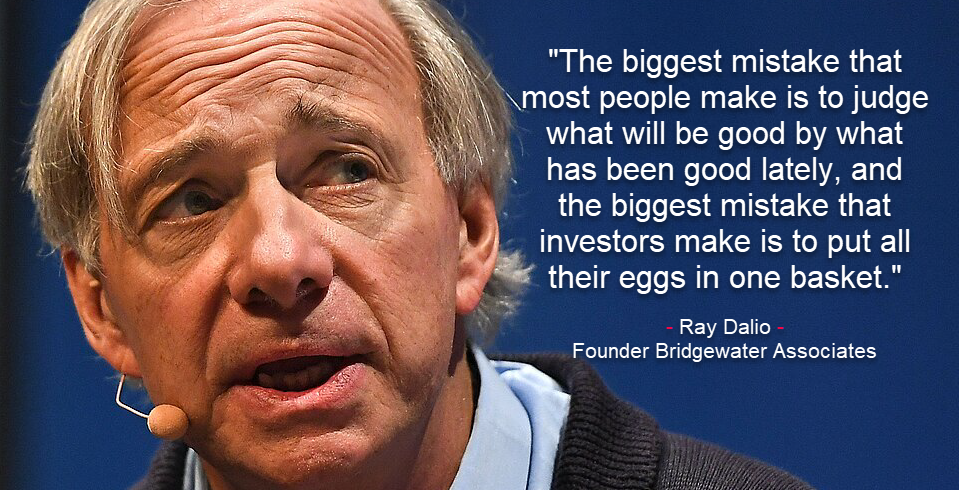Saudi Arabia, the world’s leading oil exporter, is facing a potentially disastrous financial crunch as collapsing global oil prices threaten to explode its national budget deficit to an alarming $75 billion, according to a recent Goldman Sachs analysis. This emerging crisis could force the kingdom to reconsider its grand economic plans, significantly impacting both domestic and international investors.
Why Are Oil Prices Tanking?
Global oil prices are currently under intense pressure, driven by several converging factors. These include sluggish global demand, a turbulent international trade environment, and rising crude supplies that continue to outpace consumption. For a nation like Saudi Arabia, whose fiscal health hinges heavily on oil revenue, such a rapid drop in oil prices is particularly troubling.
Goldman Sachs recently reduced its Brent crude oil price forecast for the year-end 2025 from $69 per barrel to just $62. The revised forecast suggests a sustained period of lower-than-anticipated oil prices, driven mainly by an oversupplied market coupled with weakening demand growth, exacerbated by geopolitical uncertainties and trade conflicts.
Saudi Arabia’s Financial Crisis Explained
Goldman Sachs’ Farouk Soussa, an economist specializing in Middle Eastern and North African economies, warns the fiscal consequences for Gulf Cooperation Council (GCC) nations—particularly Saudi Arabia—could be severe. “The deficits we’re likely to see, especially in major GCC countries like Saudi Arabia, are going to be pretty significant,” Soussa explained in an interview with CNBC.
According to the International Monetary Fund (IMF), Saudi Arabia needs oil prices above $90 per barrel merely to balance its budget. The stark gap between that $90 threshold and Goldman Sachs’ $62 forecast presents the kingdom with a severe revenue shortfall. Soussa anticipates this scenario could swell the Saudi deficit from around $30–$35 billion in 2024 to potentially $70–$75 billion by 2025.
Vision 2030: Ambitious, but at Risk
Saudi Arabia’s government expenditures have soared due to its ambitious Vision 2030 initiative. Vision 2030 aims to transition the Saudi economy away from dependence on oil, diversify revenue streams, and build a future-oriented economy through innovation, infrastructure investment, and tourism development.
At the core of Vision 2030 lies the futuristic mega-city project, Neom. This ambitious initiative, roughly the size of Massachusetts, is estimated to cost as much as $1.5 trillion. Additionally, the kingdom has committed itself to other expensive international events, including hosting the 2034 FIFA World Cup and the 2030 World Expo—both notoriously costly projects.
However, plummeting oil prices mean Saudi Arabia may soon have to make difficult choices. Economists now speculate that several high-profile Vision 2030 projects, including elements of Neom, may be scaled back, delayed, or even canceled.
Options for Financing the Deficit
Facing such a drastic fiscal shortfall, Saudi Arabia will likely consider multiple strategies to manage its finances. According to Soussa, these could include increased borrowing, reductions in planned expenditures, asset sales, or tax hikes.
- Increased Borrowing:
Saudi Arabia currently maintains a relatively modest debt-to-GDP ratio of around 30%, which is significantly lower than many developed nations like the U.S. (124%) and France (110.6%). While this low ratio provides Saudi Arabia with some borrowing flexibility, issuing an additional $75 billion in new debt within a fragile global economic climate could prove challenging. - Expenditure Cutbacks:
To control deficits, Saudi Arabia may be forced into spending cuts. Capital projects, particularly those under Vision 2030, might face budgetary restrictions, delays, or outright cancellations, impacting contractors, investors, and regional job markets. - Asset Sales:
Selling valuable state-owned assets could be another viable option. The kingdom has already tested this approach through the partial privatization of Saudi Aramco and Sabic. Further divestment of these and similar assets may help bridge financial gaps without drastically altering national spending commitments. - Raising Taxes:
Additional revenue could come from raising taxes or imposing new fiscal measures. However, increasing taxes in a country where citizens traditionally enjoy generous subsidies could prove politically sensitive and challenging for the ruling family.
Saudi Arabia’s Financial Strengths
Despite the immediate fiscal challenges, Saudi Arabia still holds several robust financial safety nets. Its substantial foreign currency reserves, estimated at around $410 billion as of early 2025, provide significant short-term cushioning. These reserves help the kingdom maintain a solid credit rating: Saudi Arabia currently holds an A/A-1 rating with a positive outlook from S&P Global Ratings, and an A+ rating with a stable outlook from Fitch.
Moreover, the kingdom has actively pursued economic reforms aimed at attracting foreign investment and diversifying its economy. Analysts, including S&P Global Ratings, highlight these reforms as crucial to improving Saudi Arabia’s long-term economic resilience.
What This Means for Investors
For investors, Saudi Arabia’s looming fiscal challenge presents both risks and opportunities. Here’s what to watch for:
- Infrastructure and Real Estate Investors:
Vision 2030 projects like Neom offer massive investment opportunities. Yet, investors must now approach these with increased caution, considering the heightened risk of project delays or cancellations. - Bond Investors:
Saudi Arabia’s future borrowing plans will directly impact bond markets. Increased issuance could raise yields, presenting attractive returns but also elevated risks, particularly given the current uncertainty in global markets. - Energy Sector Investors:
Lower oil prices may negatively impact Saudi Aramco’s profitability in the short run but could also drive new investment in renewables and diversification projects as the country accelerates its economic shift. - Stock Market Implications:
Saudi Arabia’s domestic equity markets may experience volatility as investors react to shifting government spending plans, especially if high-profile projects are scaled back or canceled.
Long-term Outlook: Uncertainty or Opportunity?
Goldman Sachs’ analysis underscores that, although challenging, the current situation does not necessarily signal an immediate financial crisis for Saudi Arabia. Instead, the kingdom’s leadership faces critical decisions on spending, borrowing, and economic reforms.
Soussa summarized the situation succinctly: “Saudi Arabia has several levers it can pull. It’s just a question of which options they select to navigate this fiscal storm.”
Ultimately, investors should closely monitor how Saudi Arabia responds to this significant fiscal challenge. With careful planning and strategic decision-making, the kingdom could still emerge stronger and more economically diversified. However, missteps or overly aggressive cuts could delay economic diversification efforts, causing longer-term issues.
Saudi Arabia’s Financial Health is at a Crossroads
Investors and analysts will closely watch the kingdom’s next moves. While substantial foreign reserves, manageable debt levels, and ongoing economic reforms provide strength, significant fiscal adjustments appear inevitable. Investors must prepare accordingly, balancing caution with a watchful eye on opportunities that may emerge from Saudi Arabia’s financial realignment.





